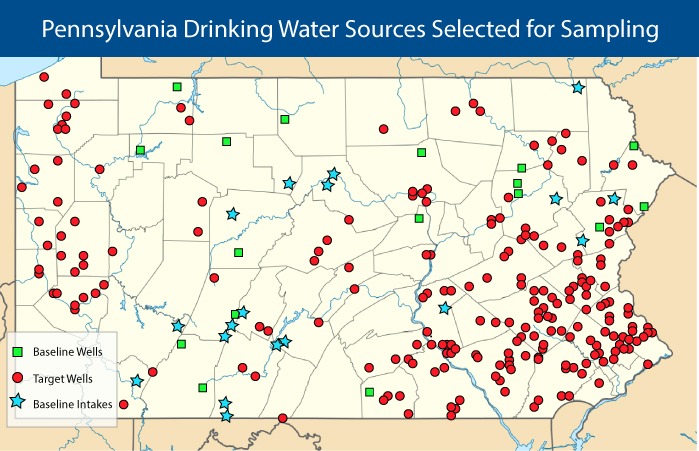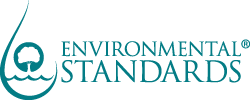
Governor Tom Wolf’s administration released the initial round of drinking water results for per- and polyfluoroalkyl substances (PFAS) on December 4, 2019. The drinking water testing that has been conducted is one step of several initiatives of Gov. Wolfs’ PFAS Action Team to address PFAS issues in Pennsylvania under Executive Order 2018-08. The Executive Order (September 19, 2018) established a PFAS Action Team to address PFAS concerns including developing a comprehensive response to identify and eliminate sources of contamination. One key measure was to ensure drinking water in the Commonwealth was safe.
The Pennsylvania Bureau of Safe Drinking Water (BSDW) is implementing a PFAS Sampling Plan to identify impacted public drinking water sources. Pennsylvania has two primary sources of drinking water: public water systems (PWSs) and private residential wells. There are about 8,521 PWSs serving 11.3 million customers, it is the most common drinking water source in Pennsylvania. Private wells serve about 1 million persons; however, Pennsylvania is one of two states that does not regulate construction of privately owned wells, and only a few counties require testing of the water quality in private wells. The Commonwealth’s initial PFAS Sampling Plan only addresses PWSs.
Phase 1 of the Sampling Plan targets priority PWSs and the water supplies to be sampled considered the location of potential sources of PFAS contamination (PSOC) and the proximity of PWSs that are within ½ mile of a PSOC. A control group of PWSs were also included in the Phase 1 Sampling Plan. PSOCs were identified using Geographic Information System (GIS) data to identify land uses and industries that may have potentially used PFAS including:
- Military bases,
- Fire training schools or sites,
- Airports,
- Landfills,
- Manufacturing facilities (chemicals, textiles, electronics, apparels, fabricated metal, paper products, leather, and upholstered furniture), and
- Hazardous Substances Control Act (HSCA) sites and known-PFAS contamination sites.
The GIS mapping process was used to identify the above potential PSOCs and PWSs within ½ mile of the PSOC. The Phase 1 Sampling Plan began in June 2019 and included:
- Sampling of 360 PWS locations of community and non-transient noncommunity water systems with ½ mile of a PSOC and
- Sampling of 40 locations from a control group of PWSs to facilitate establishing baseline
The initial results released on December 4, 2019, indicate that only one PWS location, of 96 tested so far, exceeds the US EPA Federal Drinking Water advisory of 70 ng/L (parts per trillion) combined for the two most notable PFAS, PFOA and PFOS. PFAS were not detected in two-thirds of the samples collected and the remaining samples showed PFAS well below the Federal Drinking Water advisory. Collection of the remaining PWS locations is expected to continue until June 2020. The complete set of results of the initial 96 samples can be found here:
For more information on PFAS and the services we offer, please contact David Blye or Rock Vitale.



